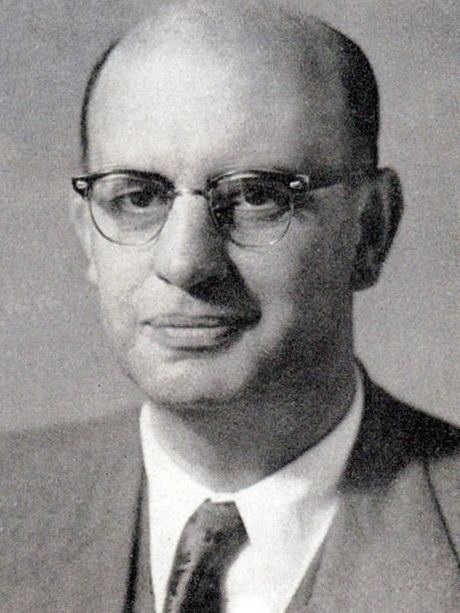Formation 31 May 1910 Final holder Pieter Willem Botha | ||
 | ||
Term length Whilst commanding the confidence of the House of Assembly | ||
The Prime Minister of South Africa (Afrikaans: Eerste Minister van Suid-Afrika) was the head of government in South Africa between 1910 and 1984.
Contents
History of the office
The position of Prime Minister was established in 1910, when the Union of South Africa was formed. He was appointed by the head of state—the Governor-General until 1961 and the State President after South Africa became a republic in 1961. In practice, he was the leader of the majority party or coalition in the House of Assembly. The first Prime Minister was Louis Botha, a former Boer general and war hero during the Second Boer War. He was the country's leading political figure and de facto chief executive, with powers similar to those of his British counterpart.
The position of Prime Minister was abolished in 1984, when the State President was given executive powers after a new constitution was adopted—effectively merging the powers of the Prime Minister with those of the State President. The last Prime Minister, Pieter Willem Botha, became the first executive State President after the constitutional reform.
In post-Apartheid South Africa, the Inkatha Freedom Party has called for a return to a Westminster-style split executive with a Prime Minister as the actual head of government, as part of its overarching goal of avoiding a single party South African state.
